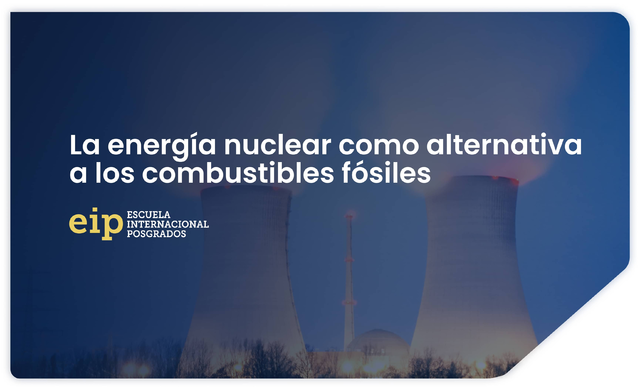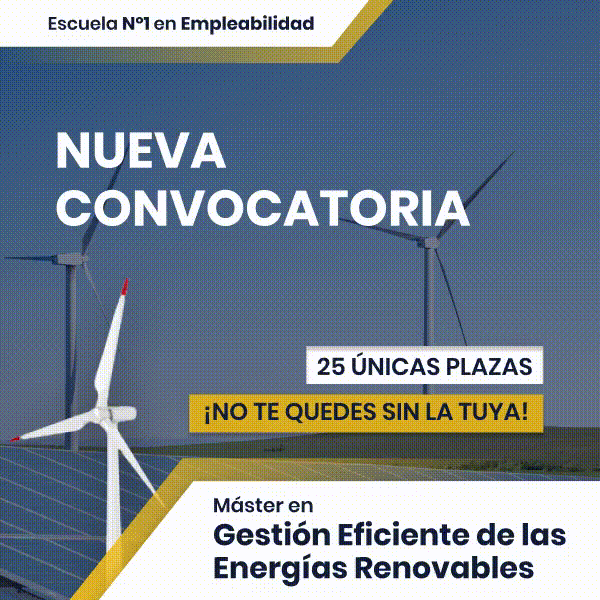- Introduction
- Nuclear energy creation process
- Nuclear energy in Spain
- Advantages and disadvantages of nuclear power plants
Introduction
With the rising prices of fossil fuels and pollution generated by the exploitation of nuclear energy, we find ourselves in the need to look for cheaper and cleaner alternatives to be able to meet current energy demand.
This energy is quite controversial due to the controversy over its exploitation by some countries, but recent events arising from the conflict in Ukraine force it to be the subject of debate in the Parliament of the European Union.
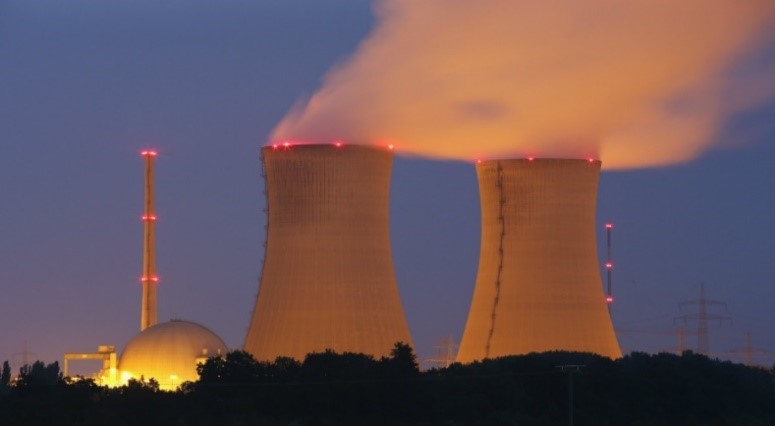
Nuclear energy creation process
Nuclear energy is obtained through a disintegration process of uranium atoms in a controlled environment within the nuclear power plant. The specific use of this element is due to its high instability and the health risks it entails. Another alternative is plutonium, although this is not found in nature but must be produced artificially.
exist two processes for the release of said energy, fission (separation) or union (fusion), the first is the one used in nuclear power plants and the second originates naturally in the sun and stars.
The one that interests us in this topic would be the nuclear fission energy, which you are looking for is split an atom into lighter ones with the purpose of making the atom more unstable through collisions of atomic subparticles. To do this, the atom receives impacts from neutrons until one of them coincides with the nucleus and produces the division of the atom.
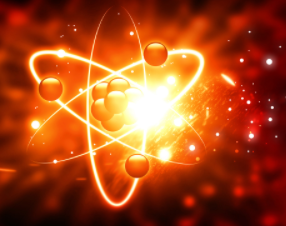
In this division there is the release of a large amount of energy, of neutrons and gamma rays; This effect generates a chain reaction thanks to the released neutrons that collide, in turn, with other new nuclei that emerged after the division of the atom.
As in any electrical energy production process, the heat energy released from the plant is invested in the production of steam. This is passed through a turbine combined with an alternator, thus generating electrical energy that is fed into the electrical grid.
The steam must be expelled through a chimney or cooling tower that is responsible for condensing it. The water resulting from condensation is collected and pumped for cooling processes.
The following figure shows a simplified diagram of how a plant with these characteristics operates:
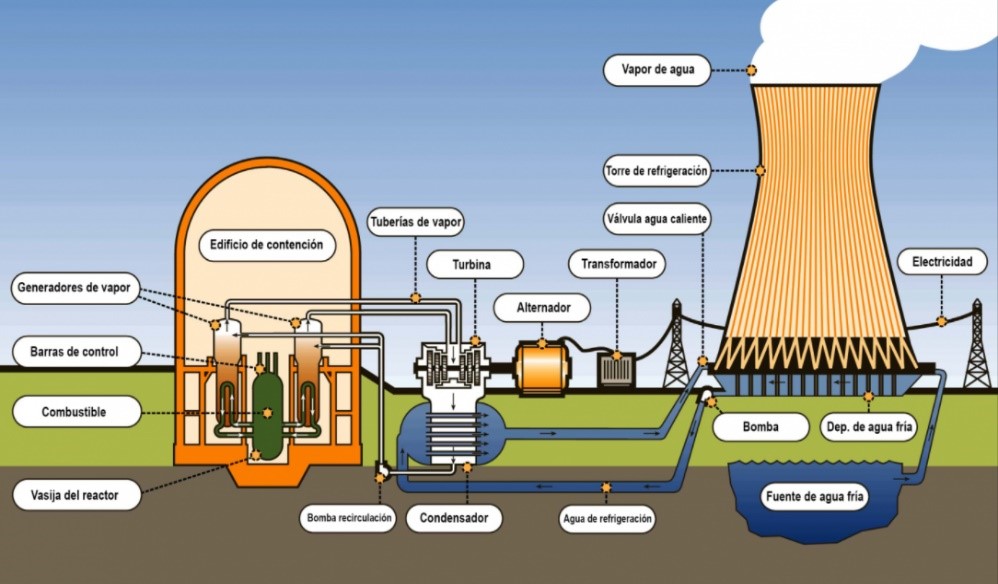
Nuclear energy in Spain
In 1969, the José Cabrera Power Plant, better known as Zorita, was inaugurated in Guadalajara, which was active until 2006. Today there are seven operational reactors and they have all been operating since the 1980s.
Currently more than 20% of the electricity consumed in Spain is produced by these plants.
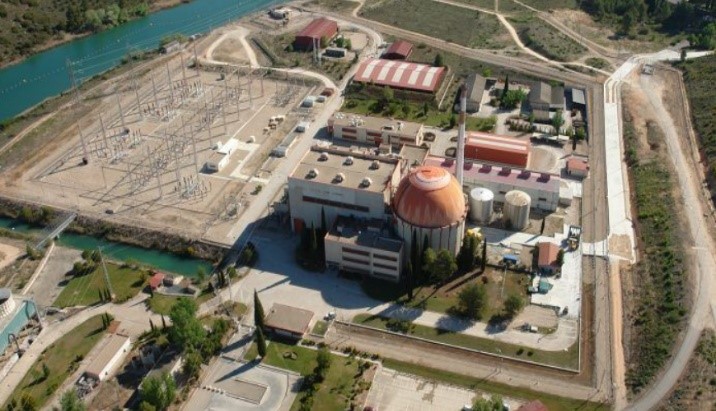
Advantages and disadvantages of nuclear power plants
If we had to weigh the pros and cons of nuclear energy, we could highlight the following:
PROS
- It does not produce greenhouse gases.
- It is constant and bakeable throughout the year.
- Low operating costs.
CONS
- Produces radioactive waste.
- Possible accidents and leaks in plants because it is an unstable energy.
Nuclear energy, under debate
Controversy has always surrounded this type of energy, since the incidents at Chernobyl and Fukushima raised concerns about the safety of this type of power plant. The debate, therefore, is served.
If we analyze the position of the European countries we have, on the one hand, France, which is the country that uses this type of energy the most in Europe, obtaining 70% of the electrical energy it produces through its 56 reactors. On the other side of the scale we find the position of Germany, which, after the accident that occurred in Fukushima, was categorical in its decision and ordered the closure of all its nuclear plants. A third group composed of Spain, Denmark and Luxembourg They agree that it puts the energy transition of the European Union at risk due to the main drawback of the waste generated by nuclear energy.
Some countries such as China, Russia and Japan have the means to reprocess uranium, adding that storage facilities guarantee safe confinement of the radioactive material. If you want to know more advances about nuclear energy, don't miss our article about the new fusion reactor being built in China.
The current situation forces us to make decisions to dispense with energy dependence on gas from Russia or other fossil sources, such as oil from third countries. This may then be the time to go back to nuclear energy.
If you believe that the future of energy lies in renewables, we recommend the Master in Efficient Management of Renewable Energies, where you will learn from the best experts in the sector, to become the professional that companies are looking for.

